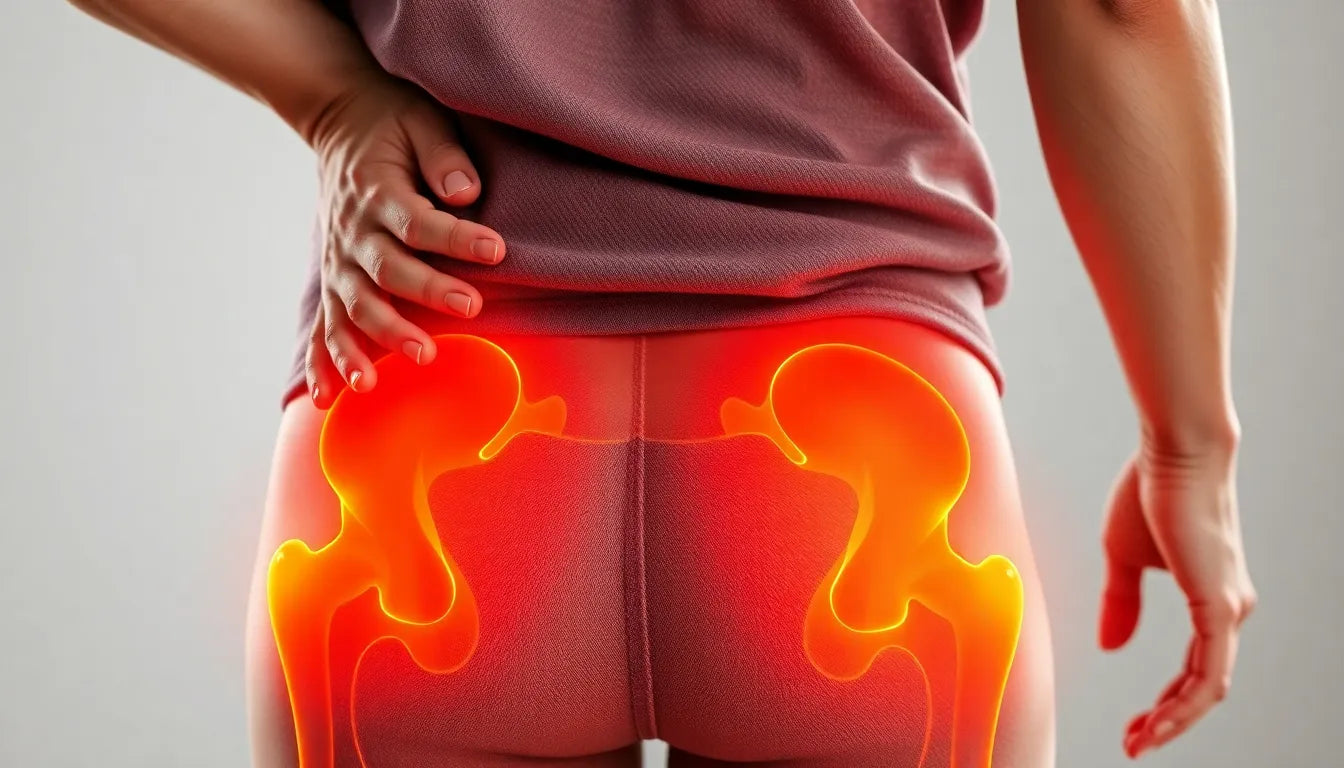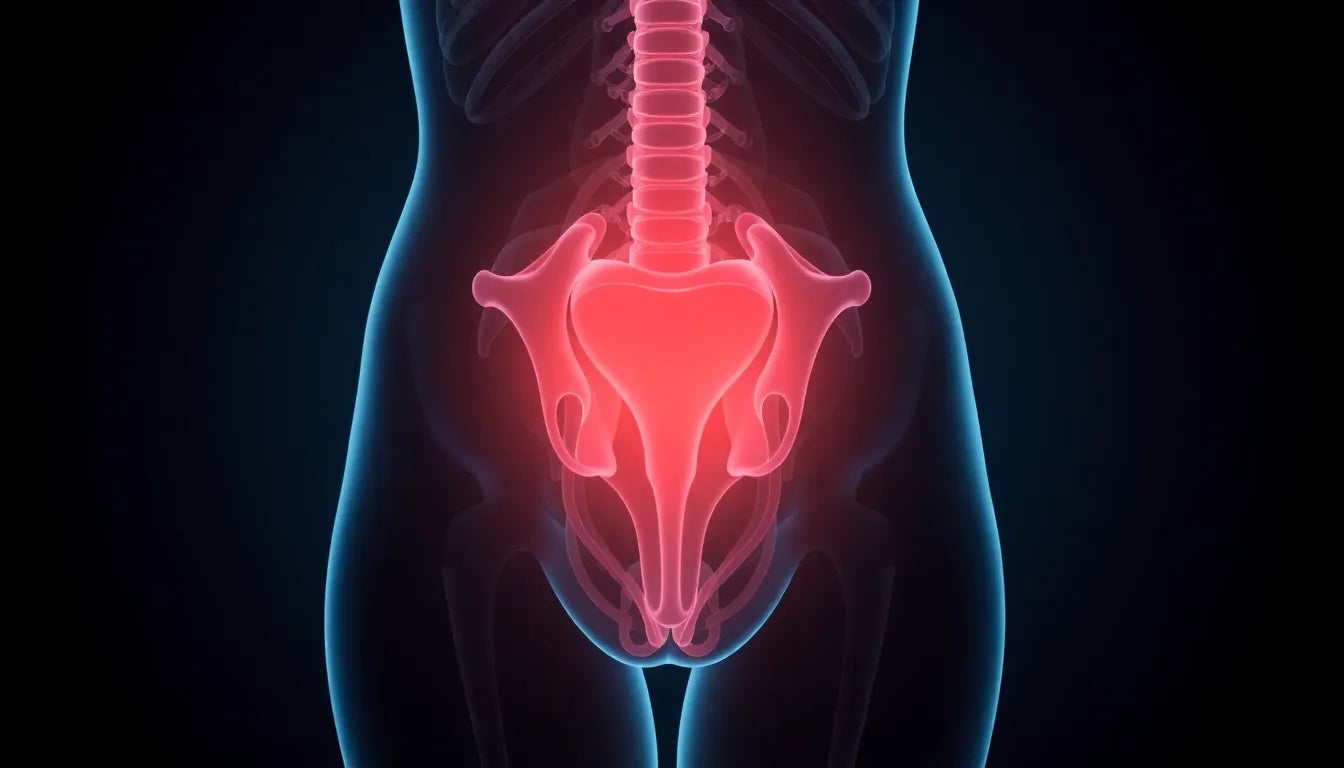Knee pain, especially when experienced during periods of rest, is a common yet often misunderstood issue that can significantly impact one's quality of life. While many associate knee pain with physical activity, it's important to recognize that discomfort can also arise during inactivity, disrupting sleep and daily comfort. Resting knee pain is not only prevalent but can also be as disruptive as pain experienced during movement, affecting overall well-being and daily functioning.
Understanding the impact of resting knee pain
Experiencing knee pain at rest can have widespread effects beyond physical discomfort. It often interferes with sleep quality, leaving individuals feeling fatigued and irritable. This type of pain can also hinder relaxation and the ability to enjoy leisure activities, ultimately impacting mental health and emotional well-being. Addressing these symptoms is crucial to prevent potential long-term health complications and to maintain a good quality of life.
One common misconception is that knee pain only occurs during physical exertion or after an injury. However, pain at rest can be equally telling and may indicate underlying issues that need attention. It's essential to understand the causes of resting knee pain to address it effectively and improve one's overall health.
Main causes of knee pain at rest
Several factors can contribute to knee pain when at rest. Arthritis, particularly osteoarthritis and rheumatoid arthritis, is a leading cause, resulting in joint damage and inflammation that can worsen during inactivity. These conditions often lead to swelling, stiffness, and discomfort that become more pronounced when the body is at rest, particularly at night.
Past injuries, such as meniscus tears or tendonitis, can also lead to chronic pain, especially when the joint is not in motion. Overuse injuries, common in active individuals, can exacerbate this type of pain. Additionally, bursitis, which is the inflammation of the bursa, often caused by repetitive movements or acute trauma, can lead to pain that intensifies during rest.
Other rheumatic diseases, such as psoriatic arthritis, can also cause visible swelling and tenderness, often resulting in nighttime pain that disrupts rest. Understanding these causes is the first step in finding effective relief and improving comfort during periods of rest.
medical causes of knee pain at rest
Understanding the underlying medical causes of knee pain at rest is crucial for effective management and relief. One of the primary culprits is arthritis, with osteoarthritis and rheumatoid arthritis being the most prevalent forms. These conditions result in joint damage and inflammation, often exacerbated by periods of inactivity. The inflammation is driven by cytokines and other inflammatory mediators, which can intensify pain when the knee is not in motion.
Previous injuries, such as meniscus tears or tendonitis, can also lead to lingering pain that becomes more noticeable during rest. These injuries often result from overuse or acute trauma and can persist long after the initial injury has healed. In younger, active populations, repetitive stress injuries are common and can contribute to chronic knee pain, especially when the joint is not actively engaged.
Bursitis, the inflammation of the bursa, is another frequent cause of resting knee pain. This condition often arises from repetitive kneeling or acute trauma, leading to discomfort that worsens during inactivity. Additionally, other rheumatic diseases, such as psoriatic arthritis, can contribute to swelling and nighttime pain, further complicating rest and recovery.
practical relief and treatment options
Finding relief from knee pain at rest involves a combination of positioning, therapeutic interventions, and lifestyle modifications. Proper positioning and support are essential for alleviating discomfort. Using pillows under or between the knees can help maintain alignment and reduce pressure, while leg elevation can enhance circulation and decrease swelling.
The RICE principle—Rest, Ice, Compression, and Elevation—remains a cornerstone for managing knee pain. This method is particularly effective for immediate relief, helping to reduce inflammation and promote healing. Ice packs can be applied to decrease swelling, while compression bandages support the joint and limit movement.
Heat therapy is another valuable tool, especially before bedtime. Applying a warm compress or heating pad can relax the muscles around the knee, enhancing comfort and reducing pain. This approach can be particularly beneficial for those with arthritis-related discomfort.
Incorporating strength training and exercises into your routine can also provide long-term relief. Gentle exercises that target the muscles surrounding the knee can improve support and stability, reducing pain over time. Focus on low-impact activities, such as swimming or cycling, to maintain joint health without exacerbating pain.

Lumbar support belt
Provides adjustable lumbar support and compression for lower back pain, sciatica, and herniated discs.
Orthopedic aids, such as knee braces and shoe inserts, can offer additional support and alleviate strain on the knee joint. These products are designed to enhance alignment and reduce pressure, making them useful for both immediate relief and long-term management.

Men's Posture Shirt™ - Black
Patented shirt with NeuroBand™ technology, improves posture and relieves pain in neck, shoulders and back.
additional treatment strategies
For those seeking further relief, pain medication can be considered. Over-the-counter options like ibuprofen or paracetamol can help manage pain, but it's important to use them judiciously and consult with a healthcare provider for a personalized pain management plan. Long-term use should be monitored to prevent potential side effects.
Advanced therapies, such as shockwave therapy or corticosteroid injections, may be recommended for severe cases. These treatments should be pursued under professional guidance to ensure safety and effectiveness. Consulting with a healthcare provider can help determine the most appropriate course of action based on individual needs and the severity of symptoms.
By understanding the causes of knee pain at rest and exploring a range of treatment options, individuals can find relief and improve their quality of life. Addressing these issues proactively can prevent long-term complications and enhance overall well-being.
additional strategies for managing knee pain at rest
Beyond basic relief methods, there are additional strategies to consider for managing smerter i knæet ved hvile. Pain medication, such as over-the-counter ibuprofen or paracetamol, can be effective for short-term relief. However, it is crucial to use these medications carefully and consult a healthcare provider for a tailored pain management plan, especially if considering long-term use to avoid potential side effects.
For those experiencing severe or persistent knee pain, advanced therapies might be necessary. Options such as shockwave therapy or corticosteroid injections can provide significant relief but should be administered under professional guidance. These therapies are typically reserved for cases where other treatments have failed to alleviate pain effectively. Consulting with a healthcare provider can help determine the most appropriate treatment based on individual needs and the severity of symptoms.
Incorporating lifestyle changes can also play a significant role in managing knee pain at rest. Maintaining a healthy weight reduces stress on the knee joint, potentially decreasing pain. A balanced diet rich in anti-inflammatory foods, such as omega-3 fatty acids, can also contribute to joint health. Regular low-impact exercise, like swimming or cycling, can strengthen the muscles around the knee, providing better support and reducing pain over time.
Ergonomic aids, such as knee braces and shoe inserts, continue to offer valuable support. These aids help maintain proper alignment and reduce strain on the knee joint, making them beneficial for both immediate relief and long-term management. Selecting the right products should be based on individual needs and professional recommendations to ensure optimal results.
frequently asked questions
What are the most common causes of knee pain at rest?
The most common causes of knee pain at rest include arthritis (such as osteoarthritis and rheumatoid arthritis), previous injuries like meniscus tears or tendonitis, overuse injuries, bursitis, and other rheumatic diseases like psoriatic arthritis.
How can I manage knee pain at night?
To manage knee pain at night, consider using pillows for support, adopting proper sleep positions, and applying heat or ice to the affected area. These methods can help alleviate discomfort and improve sleep quality.
When should I see a doctor for knee pain?
It is advisable to see a doctor if knee pain persists, worsens, or is accompanied by swelling, redness, or an inability to bear weight on the affected leg. Early consultation can help prevent further complications and guide appropriate treatment.
Are there any exercises that can help reduce knee pain?
Yes, gentle exercises such as leg lifts, stretches, and low-impact activities like swimming or cycling can strengthen the muscles around the knee, providing better support and potentially reducing pain over time.
Can lifestyle changes impact knee pain?
Lifestyle changes, such as maintaining a healthy weight, following a balanced diet, and incorporating regular exercise, can significantly impact knee pain. These changes help reduce stress on the knee joint and improve overall joint health.
Kilder
- Ferwer. (n.d.). "Hvordan håndtere knæsmerter om natten, selv når du er i hvile."
- Gigtforeningen. (n.d.). "Hvor har du ondt? Knæ."
- Fysioterapi Østerbro. (n.d.). "Knæsmerter."
- Apoteket. (n.d.). "Knæsmerter."
- Apollo Hospitals. (n.d.). "What are the common causes of knee pain?"
- Sundhed.dk. (n.d.). "Forreste knæsmerter (patellofemoralt syndrom)."


















